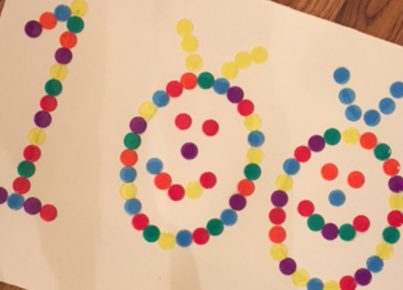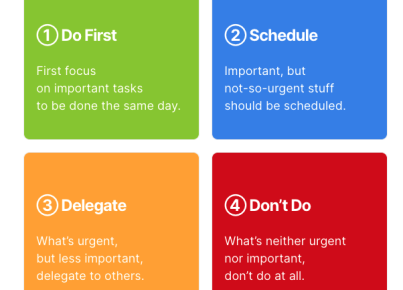Introduction
The science fair board project is an integral part of students’ experience in their academic journey. They get the chance to explore new ideas, delve deep into experiments, and ultimately demonstrate their capacity to think critically and scientifically. However, creating a superior quality project that garners the attention of judges can be a daunting task for many. The good news is, it doesn’t have to be that way! This article will explore a less stressful way to do a science fair board project.
Planning and Organizing
Laying a proper foundation for your science fair board project is crucial. Start by brainstorming various ideas and selecting the one that sparks your passion. Once you identify the idea, research extensively and be open to pivot if necessary, based on the findings or if you run into dead ends.
Next, create an organized timeline outlining all essential tasks like gathering materials, conducting experiments, analyzing data, and more. Allow yourself ample time for each stage of the process as unexpected challenges may surface along the way.
Simplified Experiments
Choose an experiment that strikes balance between interesting and manageable. Conducting complex experiments with limited resources or experience may only lead to stress and frustration. Break down the steps involved in carrying out your experiment, and seek guidance from teachers or mentors as needed.
Documentation and Record Keeping
Documentation is perhaps one of the most important elements of your science fair board project. Pivoting on simplicity will help in this case too. Simplistic record keeping makes it easier to access vital data later when preparing your final presentation. Use tables, charts, or graphs to display your data clearly using digital tools like spreadsheets.
Crafting an Engaging Presentation
A standout science fair presentation involves clear visuals that are easy to understand at first glance. Utilize concise text in bullet points where possible while ensuring fonts are sizable enough for readability within 5-8 feet. Keep visuals clutter-free, with each section of your board focusing on a particular aspect of your project. Being innovative and adding interactive elements, such as multimedia or QR codes, could help set your presentation apart.
Staying Prepared and Confident
Put in the effort to rehearse your presentation – whether it is in front of an audience or a mirror. Repeated practice will boost your confidence in both knowledge and delivery. Be prepared to answer any questions that might come your way, but don’t hesitate to acknowledge when you’re unsure about something.
Conclusion
Taking a less stressful approach to your science fair board project involves extensive planning, simplified experiments, proper documentation, engaging presentations, and boosting self-confidence. By following these steps, transforming the traditionally stress-ridden process into an enjoyable learning experience becomes possible. Arm yourself with these proven tips and be ready to tackle your next science fair project with enthusiasm and success!





